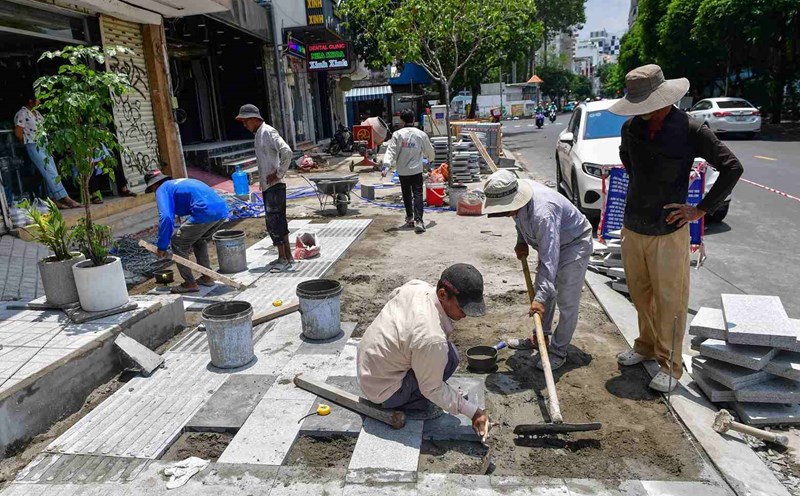Historical space and destinations with the mark of the times are increasingly attracting great attention from the world. For American veterans who fought in Vietnam, military relics can be unforgettable memories with profound personality. For many other tourists, these are vivid historical lessons.
As for the tourism industry, this is a rapidly developing segment - "war heritage tourism" - attracting not only veterans but also students, history lovers and young tourists.
According to Travel And Tour World (TTW), in recent years, Vietnam has been more proactive in introducing the history of war to the global public. One of the most attractive destinations is Ho Chi Minh City.
The museum of war evidence here welcomes hundreds of thousands of foreign visitors each year. Visitors come to see the documents and artifacts reflecting the war from the perspective of Vietnamese people - making many people touched. Throughout the city, places related to other wartime - such as Independence Palace and Rex Hotel, which once held daily press conferences of the US military at 17h daily that the satirical journalist Western journalist was "Five O’Clock Follies" - contributing to increasing the depth of experience for tourists.
About 70 km northwest of the center of Ho Chi Minh City, the Cu Chi site is one of the most famous war relics in Vietnam, attracting about 1.5 million visitors each year. The Cu Chi terrain was built on a land known as "steel land" to praise the strong defensive will of the army and people here. This underground tunnel system gives visitors a realistic view of life underground during wartime. In addition to directly crawling through narrow tunnels and exploring secret bases, visitors can also try firing guns used in war such as AK-47, M-16 or M-60.
In addition to Ho Chi Minh City, Quang Tri is also a destination that attracts a large number of international visitors when exploring war vestiges in Vietnam. The province is located in the Central region that used to be a fierce battlefield during the two resistance wars, especially Quang Tri Citadel - where the 81 -day -and -night battle in 1972 was red. Ancient city today is a solemn memorial park, attracting visitors to burn incense and learn about the sacrifices of thousands of soldiers on both sides of the front line.
In the North, the Hoa Lo Prison Museum in Hanoi offers a different perspective on air war. Once called Hilton Hanoi by the American pilot, this place has detained American pilots captured during the war. The museum is a destination for visitors who want to learn about the bombing campaign and the fate of prisoners of war.
Also according to TTW, in 2024, Vietnam's tourism has exploded again after the COVID-19 pandemic, with 17.5 million international visitors - nearly approaching the record of 18 million in 2019. The Vietnamese tourism industry currently has a large workforce nationwide, and the Government is investing heavily in cultural and historical forms.
This type of battlefield tourism, once a small field, has now risen to become an intersection between academic tourism and personal journeys. Not only Americans, but also tourists from Europe, Australia, Japan and many other countries are increasingly interested in the history of the Vietnamese war as an indispensable part of their journey to explore Southeast Asia.











